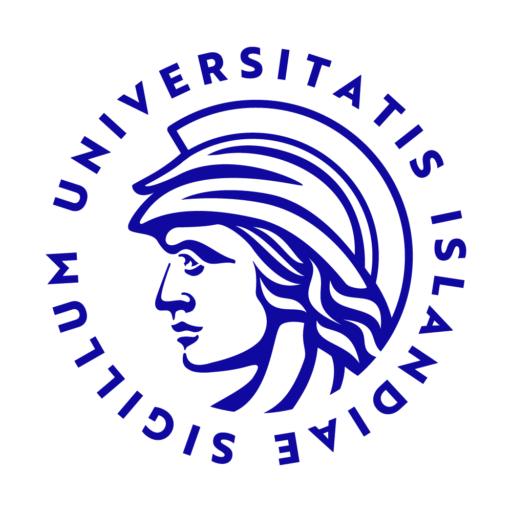Main author: Adrian Lopez Garcia de Lomana
Company or Institution: University of Iceland
Co-Authors, Institution or Company:
Alexía Rós Viktorsdóttir, University of Iceland. Óttar Rolfsson, University of Iceland.
Introduction: Pulmonary microvascular endothelial cells (PMECs) form a barrier that regulates oxygen, macromolecules and cell trafficking between the lung interstice and the rest of the vasculature system, playing a crucial role in acute respiratory distress syndrome. Catecholamines such as adrenaline and noradrenaline act as potent hormones that regulate endothelial function. However, the molecular regulators of this response are not completely understood in human PMECs.
Methods: We subjected patient-derived PMECs to a wide range of adrenaline/noradrenaline equimolar concentrations from 0.5 to 50 μM. We then used RNA sequencing and untargeted metabolomics to quantify their transcriptome and metabolome, respectively.
Results: We found a total set of 308 differentially expressed genes. A subset of these genes showed a dose-response relationship to catecholamine concentration. Positively responding genes aligned into three major axes: signalling (TGFA, GNAL and IL1B), metabolism (CTH and SULT1B1) and angiogenesis (SHH, FGF18 and IL11). Meanwhile, downregulated functions associated clearly with inflammation, e.g., IL1A, TLR2 and SELE. Preliminary metabolic analysis points to changes in lipid metabolism and oxidative stress. Interestingly, GRAMD1B, the top catecholamine responder encodes for a highly-conserved, poorly characterized protein implicated in both cholesterol homeostasis and inflammation. We are currently working on further experiments to test whether GRAMD1B is playing a pivotal role in PMEC function.
Conclusions: In this work, we present the major transcriptional and metabolic changes at play in PMECs upon catecholamine exposure in an effort towards a better understanding of endothelial dysfunction.

